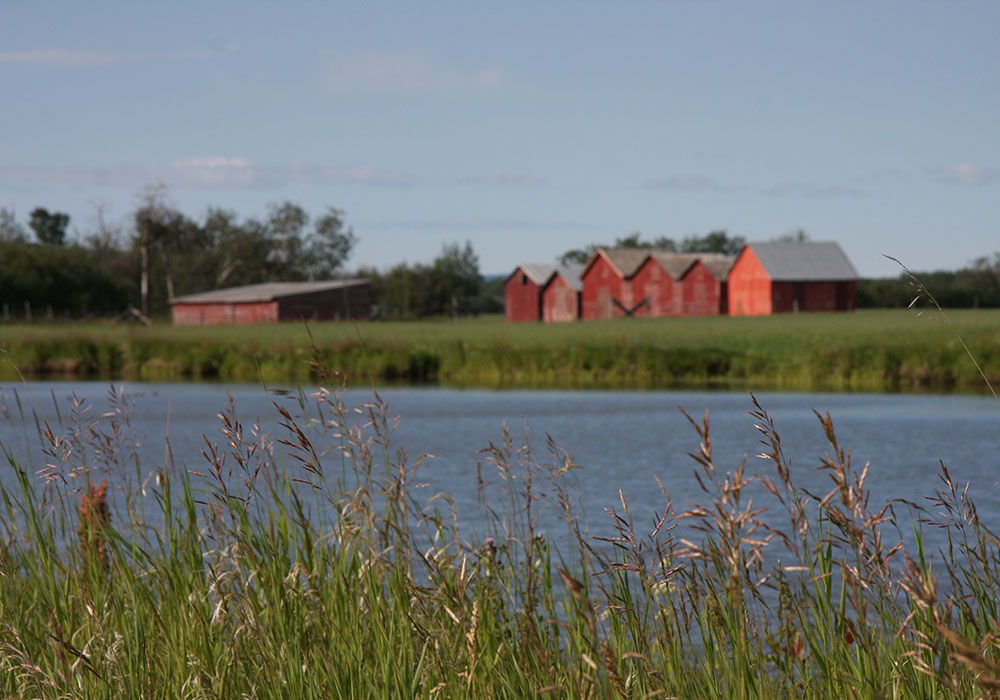In farm safety, the old adage, an ounce of prevention is worth a pound of cure, rings true. It all starts with a plan followed by action. Canadian Agricultural Safety Week, March 10-16, is an opportunity for farmers and ranchers across the country to revisit their farm safety plans and practices.
Tragedy took the lives of two children on a Manitoba Hutterite colony several years ago when the youngsters drowned in a creek.
The colony responded by buying a swimming pool and hiring an instructor who taught every colony member how to swim.
That was one of the most proactive approaches to farm safety that Glen Blahey has found in recent years. As a specialist in agricultural safety with the Canadian Agricultural Safety Association, he keeps track of such things.
“That was a very interesting approach to take,” said Blahey.
Read Also

Alberta honey business ‘thrives’ despite bumpy beginnings
Thrive Honey showcases its honey production in market where Alberta produces 40 per cent of all honey produced in the country
“I’m not advocating that every farm family go out and buy a swimming pool, although I’m sure the children would appreciate that.”
However, he does advocate swimming lessons for all children, preferably given by a qualified instructor.
As well, designated safe play areas are part of drowning prevention in addition to good supervision.
Canadian farm fatality statistics from 1990 to 2008 show 69 people died from drowning on farms. For children 14 and under, drowning was the second most common cause of death, making up 16 percent of the incidents.
The number of farm accident deaths is declining in Canada, according to CASA data, but an average of 13 children die every year as a result of farm accidents.
Blahey said part of the problem is that parents can overestimate the abilities of their children to avoid hazards.
“Young children have great difficulty in perceiving risk and anticipating consequences so you can’t simply rely on saying ‘you can’t do this’ because there are always those individuals who will challenge that.”
For drowning prevention, water retention areas, manure lagoons, dugouts and other farm water bodies should be fenced where possible and children should be told to stay away from them.
Of course, that won’t always have an effect.
“Parents really need to step back and understand the growth and development process that children go through,” Blahey said.
Children under 12 have difficulty remembering more than four rules at a time, and their reflexes and stamina are at lower levels than most parents think. Boys in particular tend to be risk takers, said Blahey. Fall and winter bring the temptations to test the ice, and spring has other attractions on the farm.
“As soon as that first trickle of water happens, most young gentlemen want to be water engineers,” he said.
He recommends preventive ap-proaches that include physical barriers to water bodies, supervision and swimming lessons.
“In the process of learning to swim, they do develop a greater appreciation for the risks associated with being in water.”

















